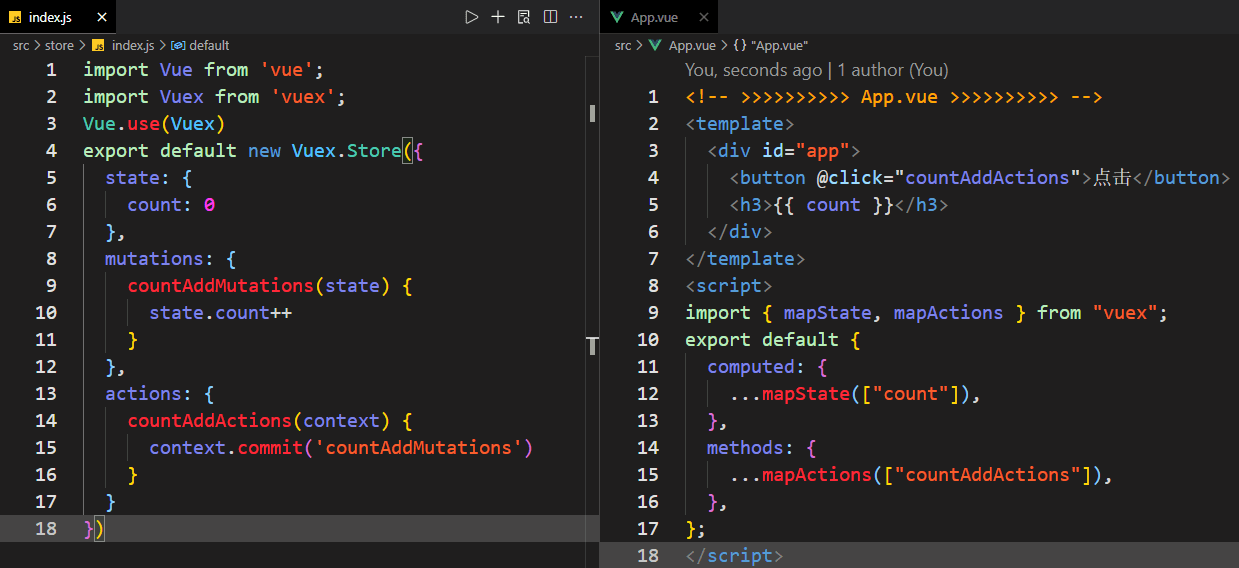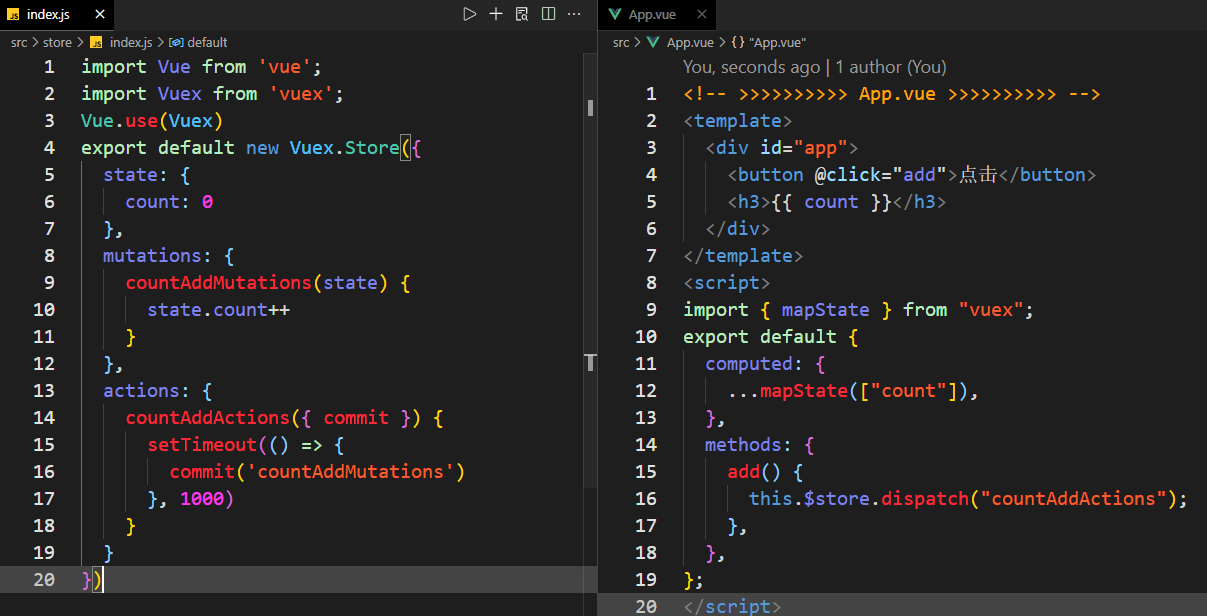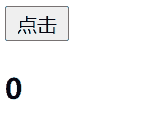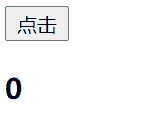1️⃣ Action
Action 类似于 mutation,不同在于:
1. Action 提交的是 mutation,而不是直接变更状态。2. Action 可以包含任意异步操作
Action 函数接受一个与 store 实例具有相同方法和属性的 context 对象,因此你可以调用 context.commit 提交一个 mutation,或者通过 context.state 和 context.getters 来获取 state 和 getters

实践中,我们会经常用到 ES2015 的 参数解构 (opens new window)来简化代码(特别是我们需要调用 commit 很多次的时候):
actions: {countAddActions({ commit }) {commit('countAddMutations')}}
1️⃣ 分发 Action
Action 通过 store.dispatch 方法触发:
乍一眼看上去感觉多此一举,我们直接分发 mutation 岂不更方便?实际上并非如此,还记得 mutation 必须同步执行这个限制么?Action 就不受约束!我们可以在 action 内部执行异步操作:

Actions 支持同样的载荷方式和对象方式进行分发:

1️⃣ 在组件中分发 Action
你在组件中使用 this.$store.dispatch(‘xxx’) 分发 action,或者使用 mapActions 辅助函数将组件的 methods 映射为 store.dispatch 调用(需要先在根节点注入 store):
组件中使用 mapActions 和其他 map…… 的方式相同
1️⃣ 组合 Action
Action 通常是异步的,那么如何知道 action 什么时候结束呢?更重要的是,我们如何才能组合多个 action,以处理更加复杂的异步流程?
首先,你需要明白 store.dispatch 可以处理被触发的 action 的处理函数返回的 Promise,并且 store.dispatch 仍旧返回 Promise:
在另外一个 action 中也可以:
actions: {// ...actionB ({ dispatch, commit }) {return dispatch('actionA').then(() => {commit('someOtherMutation')})}}
最后,如果我们利用 async / await,我们可以如下组合 action:
// 假设 getData() 和 getOtherData() 返回的是 Promiseactions: {async actionA ({ commit }) {commit('gotData', await getData())},async actionB ({ dispatch, commit }) {await dispatch('actionA') // 等待 actionA 完成commit('gotOtherData', await getOtherData())}}
一个
store.dispatch在不同模块中可以触发多个 action 函数。在这种情况下,只有当所有触发函数完成后,返回的 Promise 才会执行。

